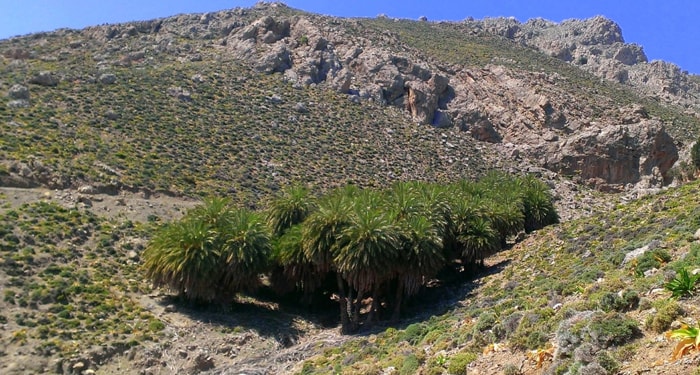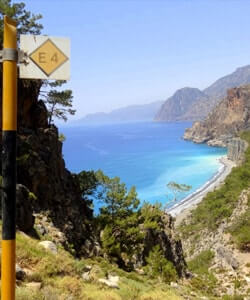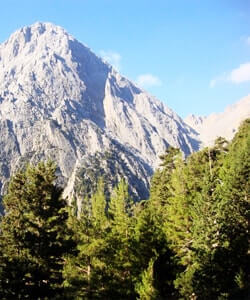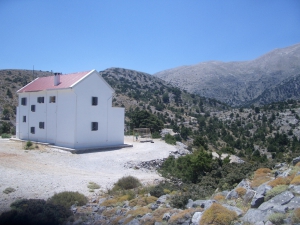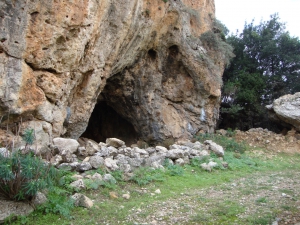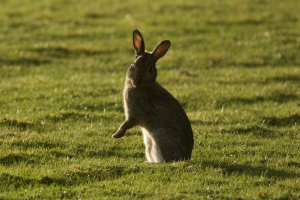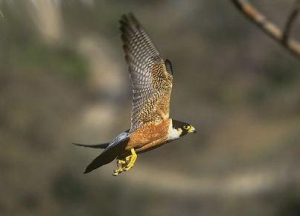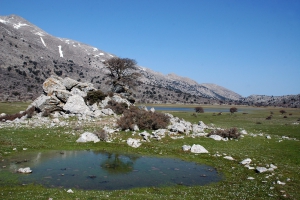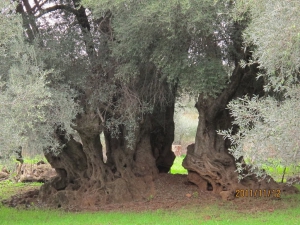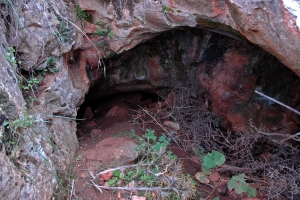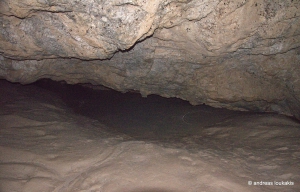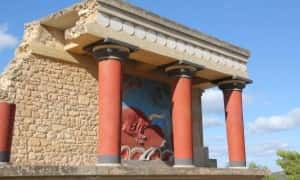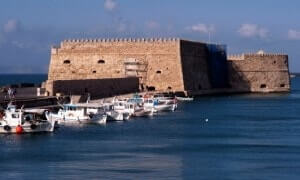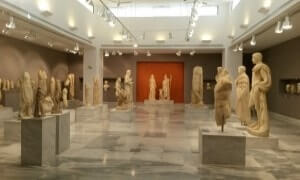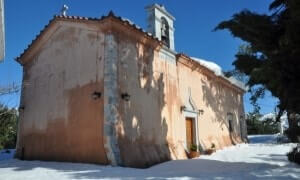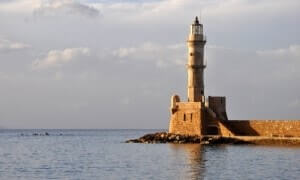The shelter of Tavri is located at an altitude of 1200m at the plateau of Tavri, by Askyfou. It can be access by walking 1:30 hours in the cypresswooded trail starting from village Ammoudari (or dricing a 7.5km long dirt track). From this refuge you can walk to Kastro peak, cross Sfakiano or Kavi Gorges.
Atziganospilios is located within short distance (10 min) from the village of Adrianos, in site Koukistres. It is about 25km southwest of Agios Nikolaos and belongs to the village of Zenia, which you meet as you ascend to the Plateau of Lassithi through the road starting in Neapolis.
The European rabbit (scient. Oryctolagus cuniculus) is a closely related species to hare, which has been introduced on the island of Crete by humans (many confuse that with hare). Despite the many predators on Crete, the rabbit reproduced rapidly and is now spread across the island of Crete and several smaller islets around it.
The Peregrine Falcon (scient Falco peregrinus), also known as the Peregrine, and historically as the "Duck Hawk" in North America is one of the fastest birds in the world and the most powerful falcon in Greece. In Crete you will meet that mostly in wild and rocky areas, away from humans.
In Omalos there is nothing, except from the small chapel dedicated to the Holly Spirit. The plateau is only used by local shepherds during the summer months. On every winter the plateau is dressed in white, making the landscape very beautiful. When the snow melts in the center of the plateau a small lake is formed, which is still there till early summer.
The olive tree has been declared by the Association of Cretan Olive Municipalities as a natural monument due to huge size and its location near the postminoan settlement of Kolydra. Its site is named Lakkos and hosts numerous ancient trees, with this specific tree being 3000 years old.
The Cave of Fragantonis is located 700m south-southwest of Malia, at the foot of the mountain Volakias, at an altitude of 20m and below the new highway. The cave has two entrances. A low and another from its roof. The low faces north, with a width of about one meter but access from there is a bit difficult because of the rocks brought by the rainwater.
To get in, you have to crawl, cross the first chamber and reach the main space of the cave. It is a very large room with a small lake. Inside the cave flows an underground river, as proved by the rumbling sounds within. The ceiling is adorned with stalactites while the floor is covered with clay.





